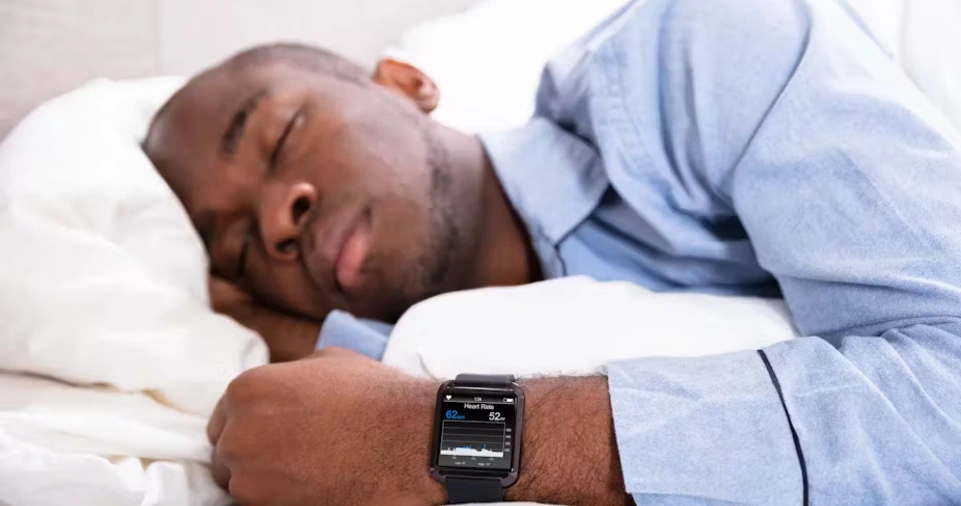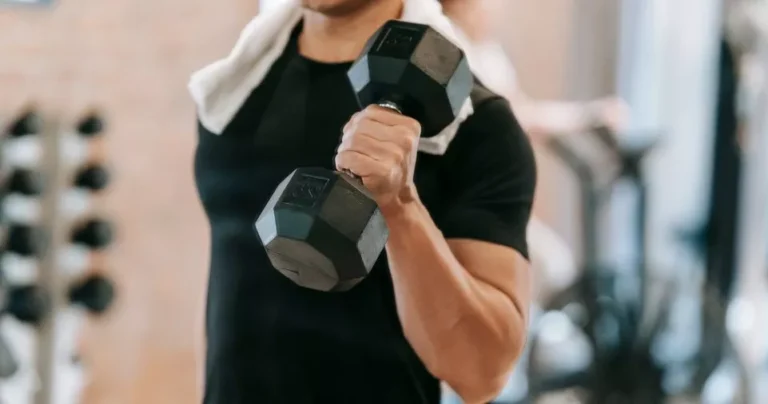How to Track Your Sleep Patterns Effectively?
Getting quality sleep is crucial to your overall health, productivity, and emotional well-being. Yet, millions of people struggle with sleep disturbances or simply don’t understand their sleep habits. Tracking your sleep patterns is the first step toward improving them.
In this comprehensive guide, we’ll explore how to effectively monitor your sleep, interpret the data, and make meaningful changes to enhance your rest.
Why Sleep Tracking Matters
Sleep isn’t just about duration. It’s about quality, consistency, and how well your body progresses through the various stages of sleep. Understanding your sleep patterns can:
- Identify sleep disorders like insomnia or sleep apnea
- Reveal the effects of lifestyle choices on sleep
- Improve focus and energy levels
- Help manage stress and mood swings
- Enhance overall health and longevity
Key Sleep Metrics to Monitor
Before you begin tracking, it’s essential to understand what you’re measuring:
| Metric | What It Tells You |
|---|---|
| Total Sleep Time | How many hours you sleep per night |
| Sleep Efficiency | Percentage of time spent asleep while in bed |
| Sleep Latency | Time it takes to fall asleep |
| Wake After Sleep Onset (WASO) | Time spent awake after initially falling asleep |
| REM Sleep | Crucial for memory and learning |
| Deep Sleep | Essential for physical recovery |
| Sleep Cycles | Progression through different stages of sleep |
Tools and Methods for Tracking Sleep

There are several ways to track your sleep, ranging from high-tech wearables to simple journaling.
Wearable Devices
Smartwatches and fitness bands (e.g., Fitbit, Apple Watch, Oura Ring) use accelerometers, heart rate monitors, and temperature sensors to estimate sleep stages. Many sync with smartphone apps to provide detailed insights.
Smartphone Apps
Apps like Sleep Cycle, SleepScore, and Pillow use motion detection and sound analysis to track sleep. They often include smart alarm features to wake you during a light sleep phase.
Sleep Journals
A manual but effective method. Record:
- Bedtime and wake-up time
- How long it took to fall asleep
- Nighttime awakenings
- How you felt in the morning
Smart Mattresses and Beds
Some mattresses come with built-in sensors that monitor movement, heart rate, and respiratory patterns.
Polysomnography (Sleep Study)
For serious issues, a sleep lab test may be necessary. It provides the most accurate data but is typically used to diagnose disorders.
How to Start Tracking Your Sleep
- Choose a Tracking Method: Decide between tech-based or manual methods based on budget, lifestyle, and data preferences.
- Establish a Baseline: Track your sleep for at least one week without making changes to get an accurate picture of your habits.
- Note External Factors: Include caffeine, alcohol, stress, diet, and exercise in your journal or app notes.
- Review Trends Weekly: Look for patterns and recurring disruptions.
- Set Goals: Whether it’s going to bed earlier or reducing nighttime awakenings, set specific, achievable targets.
Common Sleep Disruptors to Watch For
| Disruptor | Impact on Sleep |
|---|---|
| Caffeine | Delays sleep onset and reduces deep sleep |
| Alcohol | May help you fall asleep but disrupts REM cycles |
| Screen Time | Blue light suppresses melatonin production |
| Stress | Increases cortisol, making sleep elusive |
| Noise/Light | Interrupts sleep continuity |
| Inconsistent Schedule | Confuses your internal clock |
Improving Sleep Based on Your Tracking Data
Once you’ve gathered data, use it to optimize your sleep:
- Adjust Bedtime Routine: Create a wind-down ritual. Try reading, light stretching, or meditation.
- Limit Stimulants: Avoid caffeine and screens at least 1-2 hours before bed.
- Optimize Sleep Environment: Use blackout curtains, white noise machines, and a supportive mattress.
- Stay Consistent: Go to bed and wake up at the same time every day, even on weekends.
- Exercise Early: Morning or afternoon workouts are ideal; avoid vigorous exercise close to bedtime.
- Seek Help If Needed: Persistent problems may require professional help. Don’t hesitate to consult a sleep specialist.
Expanding Your Understanding: Additional Topics

To get the full benefit of sleep tracking, consider exploring these related areas:
Chronotypes and Circadian Rhythms
Your chronotype (early bird vs. night owl) affects when you naturally feel sleepy and alert. Aligning your schedule to your biological rhythm can significantly improve sleep quality.
Sleep Hygiene Best Practices
This includes the habits and environment conducive to good sleep. Proper hygiene can amplify the effectiveness of your tracking efforts.
Mental Health and Sleep
Depression, anxiety, and other mental health conditions often correlate with poor sleep. Monitoring both can help in managing symptoms and treatment.
Sleep and Nutrition
Certain foods (like those high in magnesium or melatonin) promote sleep. A balanced diet supports consistent rest.
Technology Limitations
While wearables are helpful, they are not 100% accurate. Understand their limitations and treat them as guides, not diagnoses.
Napping Strategies
Track naps too. Short naps (20-30 minutes) can boost performance without affecting nighttime sleep.
Jet Lag and Shift Work
Tracking becomes especially useful when traveling across time zones or working non-traditional hours. You can adjust more smoothly by monitoring how your body adapts.
ALSO READ: How to Stream Movies and Shows Without Buffering?
Conclusion
Tracking your sleep patterns is not just for those with insomnia or sleep apnea. It’s a valuable tool for anyone who wants to improve their health, mood, and daily performance.
With the right tools and strategies, you can decode your sleep data and transform how you rest. Start small, stay consistent, and let your findings guide your next steps. Sleep smarter, live better.






